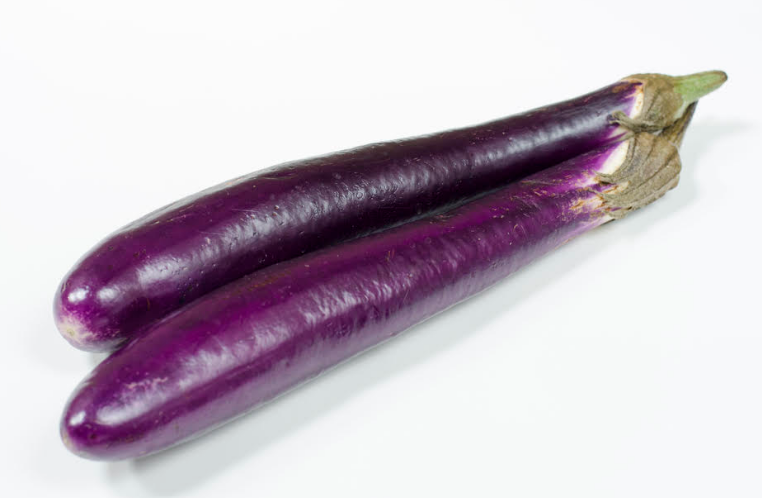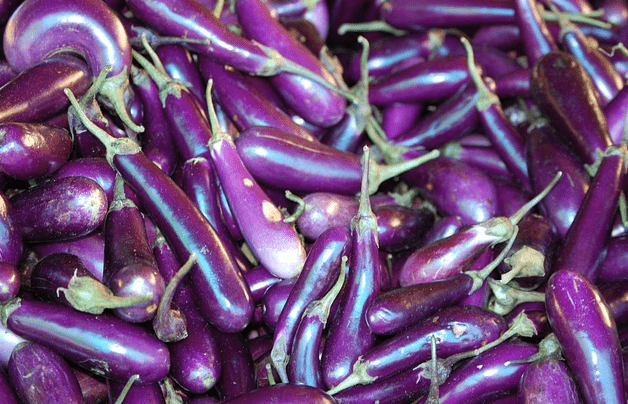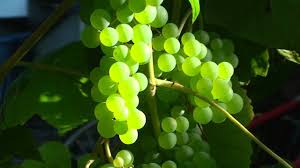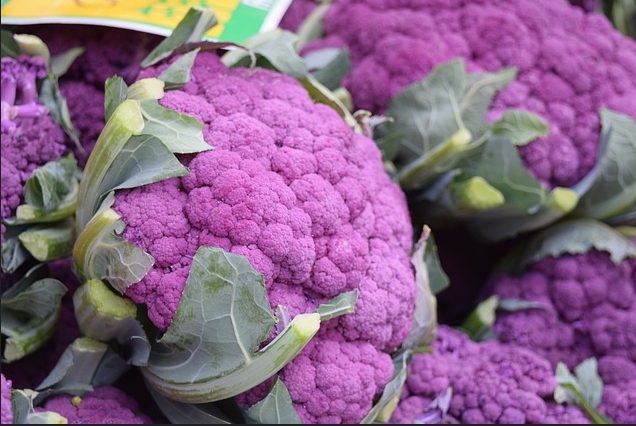There's something magical about Japanese vegetables, like the Japanese eggplant I'm introducing today. On one hand, anyone seeing it for the first time won't be confused – it's appearance is similar enough to recognize it as an eggplant. on the other hand, you haven't seen an eggplant quite like this before. With its slender and elongated shape, it more resembles a pepper.
Yes, that's the thing with the Japanese – they do things like everyone else, but different. In the case of the Japanese eggplant, it's longer and sweeter. I'll get back to these qualities later, but first, let's explore how 'Japanese' this eggplant really is. As I mentioned a couple of weeks ago in the newsletter dedicated to tofu, the classic Japanese ingredient, that is actually a Chinese invention.
So what about the eggplant? Japan is an island nation, and we know that eggplants originated in Africa and spread to Asia as wild plants long before human evolution was complete.

There are several theories about how this happened. My favorite theory is the one that explains the spread of elephants, which also evolved in Africa and moved to Asia and the Indian subcontinent. There's a good correlation between the movement of elephants and the distribution of eggplants (I've written more about this here). In any case, elephants didn't reach the Japanese islands, but eggplants did.
When did this happen? It's unclear, but it arrived as a domesticated plant. However, hundreds of years of Japanese cultivation tradition and adaptation to local conditions have produced a unique cultivated Japanese variety (now also grown in other parts of the world, including by an Israeli organic farmer who supplied the Japanese eggplants to our store) – so yes, it's Japanese (though I wouldn't be surprised to find similar, older varieties in China).
I promised a longer and sweeter eggplant. You can see for yourself that it's longer (and thinner), but why do I claim that the Japanese eggplant is relatively sweeter than the regular eggplant? Well, much of the characteristic bitterness of eggplants comes from the seeds, and Japanese eggplants have very few seeds.
Speaking of eggplants and seeds, it's worth noting that there has been suspicion towards eggplants in the Western world for years. Even today, you can find experts (a minority outside the consensus) who warn against excessive consumption of eggplants.
Why? To answer this, we need to take a step back and look at the Solanaceae (nightshade) family, of which the eggplant is a member. We all are acquainted with and love the nightshades, which include tomatoes, peppers, and potatoes. The thing with nightshades is that during the ripening stage, their seeds are poisonous. Only when the fruit changes color (for example, a green tomato turns red) do the seeds lose their toxicity, signaling that the fruit is ripe and ready to eat.

With eggplants, this mechanism is slightly different. They are harvested for eating before full ripening, and their seeds are still somewhat potent (this is why eating eggplants can sometimes have a tingling effect on the palate). Still, most people (myself included) and most experts agree that eating them is good for health, especially in their Japanese version, which is already low in seeds.
What can we do with Japanese eggplant? Well, the Japanese love to pickle and ferment them, but we Israelis love to fry and roast eggplants.
By the way, when it comes to roasting or grilling and eggplant on the barbecue, one of the advantages of the Japanese eggplant (besides its delicate sweet flavor) is that it's not only longer but also thinner, making grilling and roasting the whole eggplant much shorter.
Now, if you'll excuse me, I need to get to the oven – I don't want my Japanese eggplant to burn.









